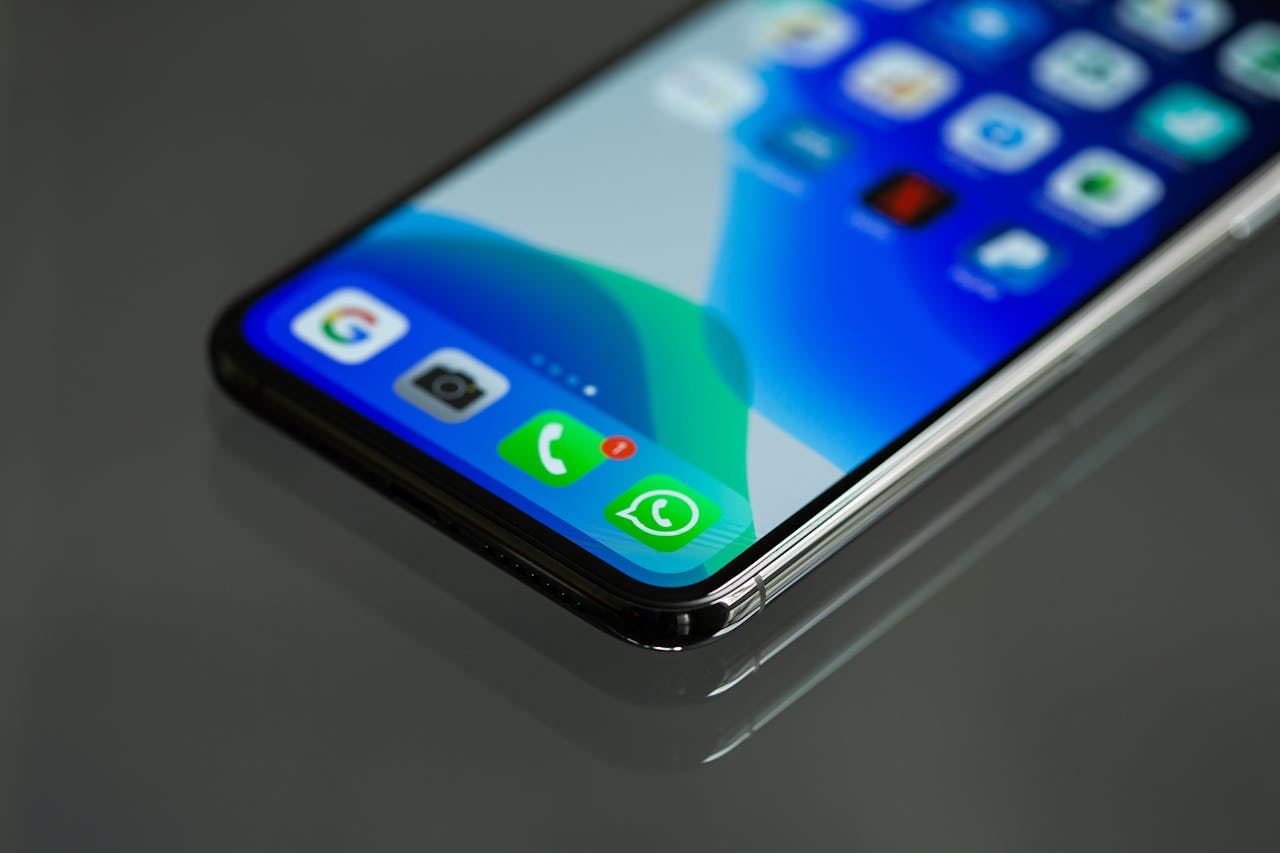The Perfect Web UX: Why iOSification is the Answer
Understanding iOSification
Let's start by getting on the same page about "iOSification." It's basically about making web experiences feel more like the smooth, intuitive interactions you'd find in iPhone apps. It doesn't matter which mobile OS, I am talking about any well-made native app. As someone who's been tinkering with web UX for a while, I've found that mimicking the ease of iOS apps often leads to the best results. I know it might sound surprising, but bear with me. Apple's really nailed simplicity, consistency, and attention to detail, and those qualities have earned them a dedicated following. By borrowing some of these principles for web design, we can make online experiences feel just as natural and seamless.

What Does iOSification Entail?
- Clean and Minimalistic Design: Think lots of white space, clear fonts, and colors that are easy on the eyes.
Example: A website with a white background, simple sans-serif fonts, and subtle pastel colors. - Intuitive Navigation: Get rid of clunky menus and embrace gestures like swiping and tapping for smoother browsing.
Example: A website where users can swipe horizontally to browse through different sections instead of using a traditional menu. - Consistent UI Elements: Stick with familiar iOS components like sliders and buttons to keep things familiar and easy to use.
Example: Using the same style of buttons and sliders found in iOS apps for consistency. - Smooth Animations and Transitions: Add a touch of elegance with subtle animations that guide users through the site effortlessly.
Example: When transitioning between pages, elements smoothly fade in and out, providing a seamless browsing experience. - Mobile-First Approach: Start designing with mobile users in mind, ensuring your site looks great and works well on any device.
Example: Designing the layout and features of a website primarily for mobile devices, then adapting them for larger screens.
The Benefits of iOSification
- Familiarity: People who use iPhones will feel right at home, cutting down on the learning curve.
Example: iPhone users instantly recognizing and knowing how to interact with familiar iOS-like elements on a website. - Consistency: A uniform design language makes the whole web experience feel cohesive and intuitive.
Example: All pages of a website follow the same design principles and layout, ensuring a consistent user experience throughout. - Simplicity: By borrowing from iOS, we can strip away unnecessary complexity and focus on what really matters.
Example: Streamlining the user interface of a web app to remove clutter and make interactions more straightforward, similar to iOS apps.
Learning from Other Industries
It's not just in the world of technology that we see this idea of borrowing successful concepts. Look at car manufacturers, for example. They often draw inspiration from each other's designs and innovations. Think about how side mirrors, seatbelt designs, or even cup holders have become standard features across different car brands. It's not because they're copying each other; it's because they've recognized what works well and what users expect.

Similarly, in the tech world, companies regularly take cues from one another. Whether it's the way social media platforms implement feed algorithms or how e-commerce sites structure their checkout processes, successful ideas tend to spread and become industry standards. And why wouldn't they? Users have already grown accustomed to certain patterns and interfaces, so it makes sense to leverage that familiarity.

To sum it up, iOSification isn't about blindly copying Apple; it's about taking the best parts of their approach and using them to make the web a better place. By following these principles, we can create online experiences that feel natural, intuitive, and just plain enjoyable, no matter what device you're using.
